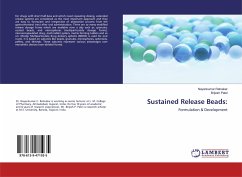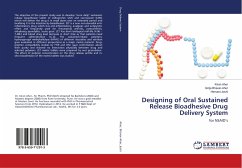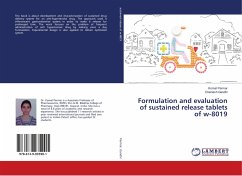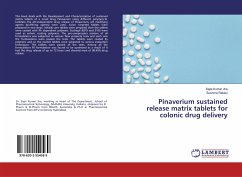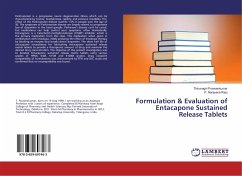For drugs with short half-lives and which need repeating dosing, extended release systems are considered as the most important approach and they are easy to formulate and irrespective of absorption process from the gastrointestinal tract after oral administration. There are so many modified release dosage forms which are available now a day such as, granules, coated beads, and microspheres (multiparticulate dosage forms), microencapsulated drug, multi-tablet system, matrix forming tablets and so on. Mostly, Multiparticulate drug delivery systems (MDDS) is used for oral route. It is based on subunits like beads, granules, microspheres, spheroids, pellets, and Minitab. These subunits represent various advantages over monolithic devices (non-divided forms).
Bitte wählen Sie Ihr Anliegen aus.
Rechnungen
Retourenschein anfordern
Bestellstatus
Storno

